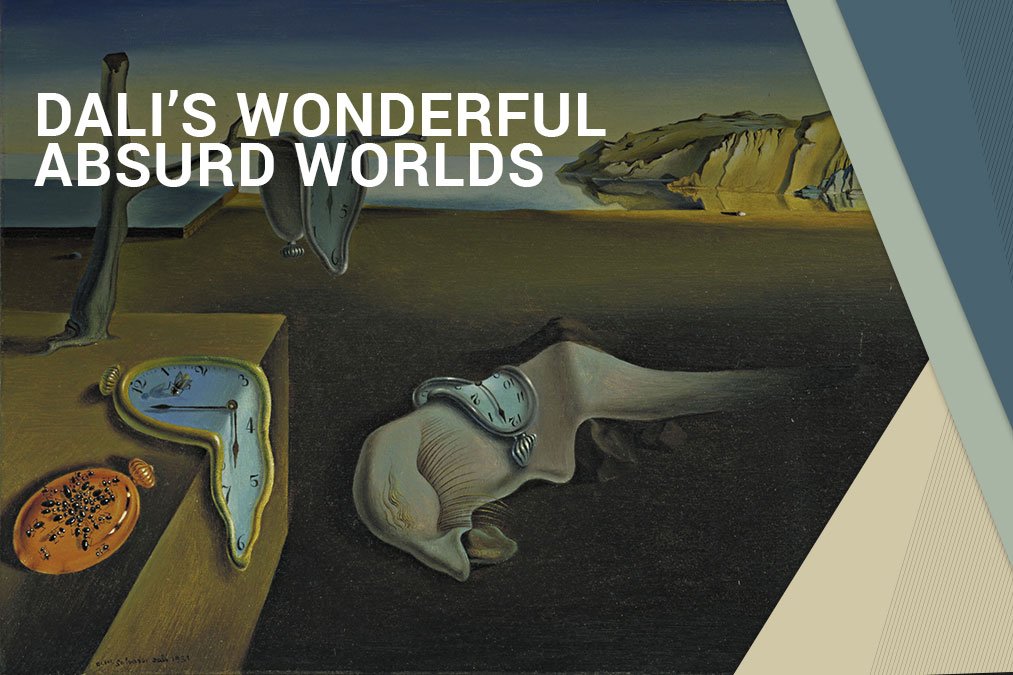No products in the basket.
Art History
Salvador Dali ’s wonderful absurd worlds
Salvador Dali lived in a tumultuous time in History. His life from 1904 – 1989 spanned over World War I, The Great Depression, World War II and the fall of the Berlin Wall. In Psychology Sigmund Freud’s theories of the subconscious and psychoanalysis was popular and spreading over Europe. If we combine all these elements we find a zeitgeist filled with confusion, death and decay.
When we look at Salvador Dali’s bizarre paintings filled with dreams, death and decay it truly captures the spirit of the times. We see human figures tearing each other apart, humanity destroying each other.
Dali was a Surrealist painter, which means that he painted unrealistic things with realism. He painted his dreams and fantasy with precision as if they were more real than the tangible world.
Jack of all trades, fear of none.
Although Salvador Dali is known as a highly skilled painter, he had an expansive artistic repertoire hat included film, sculpture, and photography. Dalí was also a skilled draftsman and lover of maths.

Salvador Dali’s Childhood
Dali was raised by conflicting parents, a strict father and a loving mother. To make matters worse Dalí’s older brother, who had also been named Salvador, had died nine months before Dali’s birth. When he was five, Dalí was taken to his brother’s grave and told by his parents that he was his brother’s reincarnation, a concept which he came to believe.
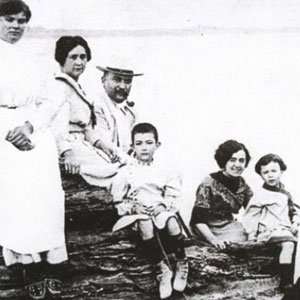
The Young Dali
Dalí attended drawing school. The next year, Dalí’s father organized an exhibition of his charcoal drawings in their family home. In February 1921, Dalí’s mother died of breast cancer. Dalí was 16 years old; he later said his mother’s death
“was the greatest blow I had experienced in my life. I worshipped her… I could not resign myself to the loss of a being on whom I counted to make invisible the unavoidable blemishes of my soul.”

Off to Madrid for an (Art) Education
In 1922, Dalí moved to Madrid to study art. Dalí already drew attention as an eccentric and dandy. He had long hair and sideburns, coat, stockings, and knee-breeches in the style of English aesthetes of the late 19th century. Dali studied Rennaissance painting techniques, Baroque and Cubism and mastered realistic painting.
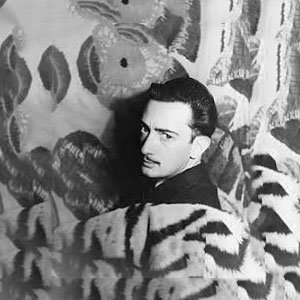
The capital of art – Paris!
Dalí was expelled from the Academy in 1926, shortly before his final exams, when he was accused of starting an unrest. His mastery of painting skills at that time was evident by his realistic The Basket of Bread, painting. That same year, he made his first visit to Paris, where he met Pablo Picasso. Picasso introduced him to many Surrealist friends.

Dali in love
In 1929, Salvador Dali met his lifelong and primary muse, inspiration, and future wife Gala. She was a Russian immigrant ten years his senior. Dalí’s relationship with his father was close to rupturing. He strongly disapproved of his son’s romance with Gala and saw his connection to the Surrealists. Dali was violently thrown out of his paternal home. Dalí’s father would eventually relent and come to accept his son’s wife.
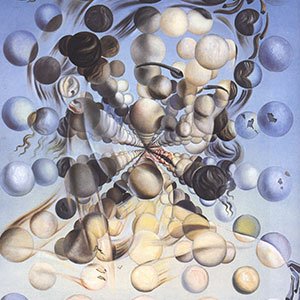
Gala the business manager
In addition to inspiring many artworks throughout her life, Gala would act as Dalí’s business manager, supporting their extravagant lifestyle while adeptly steering clear of insolvency. Dalí continued to paint her as they both aged, producing sympathetic and adoring images of his muse. It was a “tense, complex and ambiguous relationship” lasting over 50 years.

Hitler and then USA
In 1940, as World War II tore through Europe, Dalí and Gala retreated to the United States, where they lived for eight years splitting their time between New York and Monterey, California. In 1942, he published his autobiography, The Secret Life of Salvador Dalí.

Hello Spain!
In 1948 Dalí and Gala moved back into their house in Spain. For the next three decades, he would spend most of his time there painting, taking time off and spending winters with his wife in Paris and New York. Many of his late works incorporated optical illusions, negative space, visual puns and trompe l’œil visual effects.

Altzheimers and a Castle
In 1968, Dalí had bought a castle in Púbol for Gala; and starting in 1971 she would retreat there alone for weeks at a time. By Dalí’s own admission, he had agreed not to go there without written permission from his wife

Sad Dali. Dead Dali.
His fears of abandonment and estrangement from his longtime artistic muse contributed to depression and failing health. Gala died on 10 June 1982, at the age of 87. After Gala’s death, Dalí lost much of his will to live. He deliberately dehydrated himself, possibly as a suicide attempt. He moved from Figueres to the castle in Púbol, which was the site of her death and her grave. On the morning of 23 January 1989, while his favourite record of Tristan and Isolde played, Dalí died of heart failure at the age of 84.
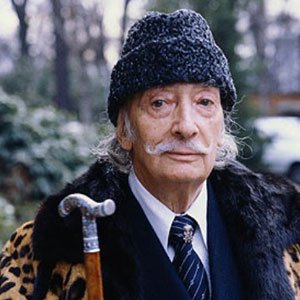
Salvador Dali’s Legacy
Dalí employed extensive symbolism in his work. For instance, the hallmark “melting watches” that first appear in The Persistence of Memory suggest Einstein‘s theory that time is relative and not fixed. The idea for clocks functioning symbolically in this way came to Dalí when he was staring at a runny piece of Camembert cheese on a hot August day.


